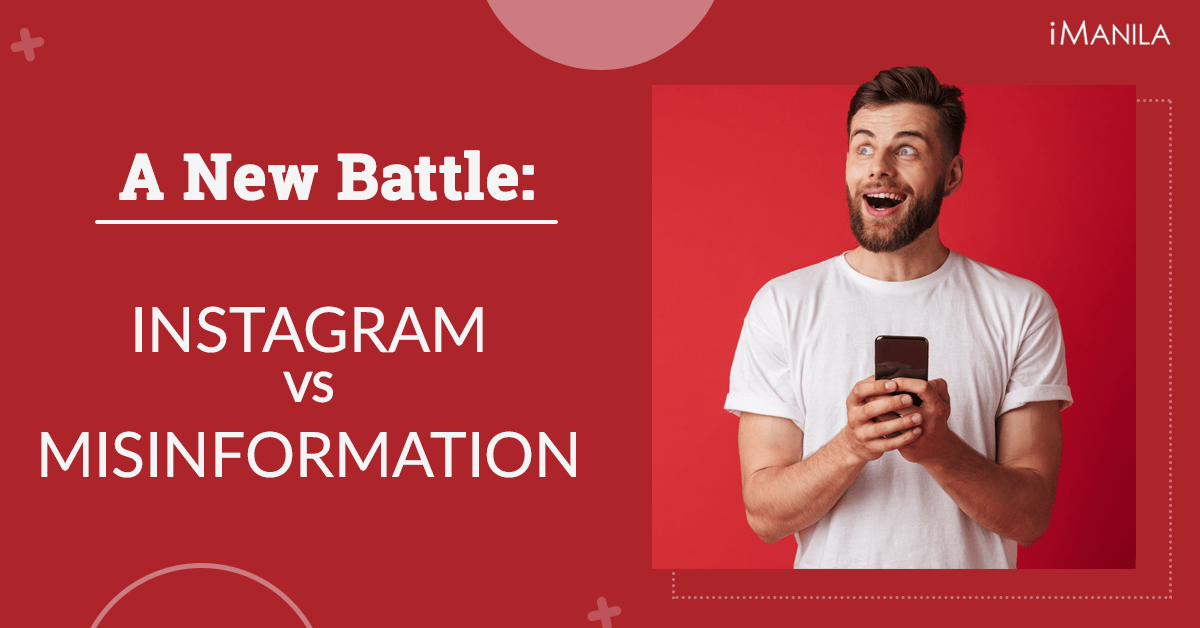Are the anti-virus apps you’ve downloaded for free from unknown developers safe and legit?
This assessment is especially important for people with Android phones that are known to be no strangers to malware. How come it’s not safe? According to Virtual Private Network’s previous research, it exposed six free and potentially dangerous antivirus apps which already have 1.66 billion downloads in Google Play. VPN has placed a warning to all android users as they might be putting themselves and all their data on their phones at risk.
Here’s the shady truth about these required permissions from those shady android anti-virus apps. The warning released by VPN is focused on these dangerous permissions from security apps you thought to be safe. Unknowingly, you are already being tracked down because of the permissions you sent such as your location, access to your camera, microphone, recording audio, and even voice calls. VPN also said that the personal information you sent during the set-up process is being sold. The worst thing is, some of these apps ask payment in the process. One day, you might just be surprised at how your private files have ended up on public viewing sites.
You can’t fault the irony here – a user is not set to know everything about these hackings and illegal accessing, they ought to just believe the idea of a security app coming from a legit source that promotes security and privacy. And with all the malware scare stories, as an initial reaction, people will download free apps immediately not knowing they were from rogue developers.
VPN has cited examples of anti-virus apps for android phones that were found guilty of these malicious activities. It may bring you surprise but these are the widely used anti-virus apps such as Virus Cleaner, Security Master and Clean Master – all still available on Google Play and amassing millions of installs per month!
Earlier this month, another 10 anti-virus apps available for download in Google Play were reported by VPN Pro to be filled with dangerous malware, spyware, and questionable permissions. These apps have whopped a total of 1.9 billion downloads in total.
We have broken down 10 of these apps that were found guilty of this security crime. If you have installed one of these, we advise you to uninstall them right away.
- Security Master – Antivirus, VPN, AppLock, Booster | 500 million installs
- Virus Cleaner, Antivirus, Cleaner (MAX Security) | 50 million installs
- Antivirus Free 2019 – Scan & Remove Virus, Cleaner | 10 million installs
- 360 Security – Free Antivirus, Booster, Cleaner | 100 million installs
- Virus Cleaner 2019 – Antivirus, Cleaner & Booster | 50 million installs
- Super Phone Cleaner: Virus Cleaner, Phone Cleaner | 50 million installs
- 360 Security Lite – Booster, Cleaner, AppLock | 50 million installs
- Super Cleaner – Antivirus, Booster, Phone Cleaner | 100 million installs
- Clean Master – Antivirus, Applock & Cleaner | 1 billion installs
- Super Security – Antivirus, Booster & AppLock | 10 million installs
- Antivirus Free – Virus Cleaner | 50 million installs
- Antivirus Free 2019 – Virus Cleaner | 1 million installs
- Antivirus Android | 1 million installs
- Antivirus & Virus Cleaner | 10 million installs
- Antivirus Mobile – Cleaner, Phone Virus Scanner
While most apps listed above have been deleted from Google Play, it is still important to be vigilant in installing anti-virus apps that should come from legit sources.
Another case was last month when 42 apps from the Google Play Store were reported to have harmful adware capable of draining your battery’s life, mobile data and accessing your personal information.
All in all, these 42 apps amassed eight million downloads.
Google has made it public, announcing that they are fully aware that a swathe of dangerous apps is slipping through their current protections and making it successfully to Android user’s devices.
But one can always outsmart the other. Mountain Firm View is now in the process of creating an App Defense Alliance to curtail this spiraling issue.
Google said: “As part of this Alliance, we are integrating our Google Play Protect detection systems with each partner’s scanning engines. This will generate new app risk intelligence as apps are being queued to publish. Partners will analyze that dataset and act as another, vital set of eyes prior to an app going live on the Play Store.”
Be vigilant with the apps you download on your Android device. Don’t forget to subscribe to our newsletter to stay updated with the latest trends and news!
If you want to know more about how iManila can help you resolve your hardware and software needs, drop us a message via [email protected]. We have 24/7 support from highly-knowledgeable technical staff. #iManila #TechnicalSupportServices












